Why Does Serving Wine at a Specific Temperature Matter?
For the perfect glass of wine, you'll want to make sure that you're serving wine at a specific temperature.

If you're not a wine professional, you've probably never wondered about serving wine at a specific temperature. But in all honesty, the temperature of your wine will help (or hinder) your enjoyment. If you're raising your eyebrows and skeptically staring at your screen, let's draw comparisons with food. Other than gazpacho, you typically want your soup hot, but not boiling. This Goldilocks Zone helps you enjoy the soup, taste all the flavors, and not burn your mouth. When you're serving wine at a specific temperature, you're exploring a phenomenon similar to this.
Still don't believe me? Then imagine this scenario.
It's a hot day, and you're sitting on your patio enjoying a cool, refreshing glass of your favorite Chardonnay. Taking in the bright blue sky and the summer breeze, you pause to reflect on what you're drinking.
Suddenly, you discover something new in your old standby. You think, "Hmm... I've never noticed the pineapple in this wine before."
As you sip the remainder of your glass, you continue to discover flavors that had previously gone unnoticed.
This has happened to plenty of people I know because they are used to serving wine straight from the fridge instead of at the ideal temperature.
If you're ready to learn exactly how to serve wine at a specific temperature, then let's start with a little bit of wine history.
Room Temperature vs. Cellar Temperature
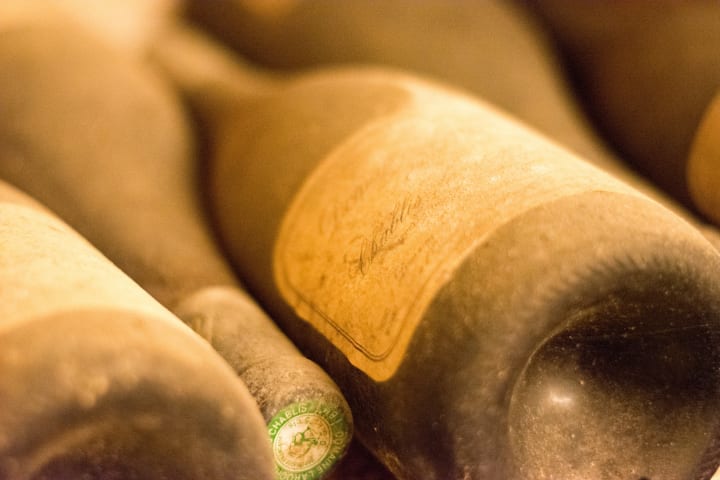
Somewhere along your wine drinking way, you've likely heard that red wine should be served at room temperature. In a way, this might actually be one of the wine tasting myths you probably believe.
Well, this adage is technically true, but it speaks to a different age.
When discussing wine, "room temperature" doesn't refer to the 70°F (21°C) that's typically seen on our thermostats today. Rather, the notion of room temperature relates to Europe and its fine wine making origins.
You'll have to travel back in time and think of wine being consumed in a brisk, wind-swept home. Here, you would expect the temperature to be somewhere between 59°F-64°F (15°C-18°C). With the invention of insulation, central heating and A/C, so went the true notion of room temperature.
Speaking of that old, airy cottage: if it belonged to a farmer/winemaker, they would've kept wine around, and would have needed a wine cellar. Wine cellar temperature is generally a bit cooler than our new definition of room temperature; cellar temperature usually falls between 50°F-59°F (10°C-15°C). These cool conditions are the ideal temperature for wine storage. It protects the wine and allows it to gain complexity slowly.
Now that you understand the idea behind room temperature and cellar temperature, you can better understand the importance of serving wine at a specific temperature.
In the scenario above, you found some beautiful, nuanced pineapple flavors in your Chardonnay. This was because the Chardonnay warmed up a bit from your fridge temperature.
If your fridge is set to somewhere around 38°F (3°C), it's significantly colder than cellar temperature — you're just a few degrees from a snowstorm inside.
When wine is served too cold, the aroma compounds (the ones that essentially give your wine flavor) are locked in a frosty chill. If you can't smell it, then you can't taste it. You'll notice that after just a few minutes of rising in temperature, that even often-mislabeled "dull" white wines become more expressive.
Interestingly enough, serving wine too warm has negative side effects, too. When wine is served above room temperature, you can expect it to appear more tannic. That's less than ideal for Bordeaux, but it can be absolutely detrimental to your Beaujolais.
A dual zone wine cooler like the one from Koldfront would allow you to keep both red and white wines at their optimum temperatures all in one fridge. This is why most serious connoisseurs love dual zone coolers, and why they're excellent space savers.
Storing Red Wines at a Specific Temperature
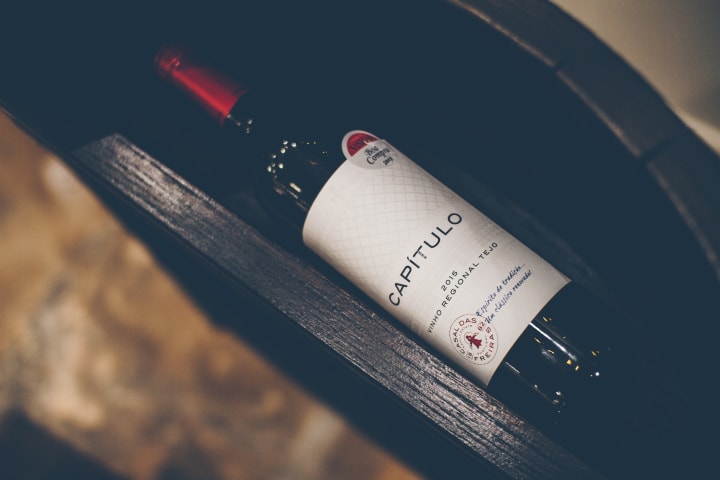
Before we get to the fun part of drinking red wine at the right temperature, let's talk about red wine storage.
As you've likely realized after reading the above, storing red wine on the kitchen counter next to the stove for weeks is a bad idea. If you're a serious collector, you're going to want to think about a high-end wine storage solution. This could be anything ranging from purchasing a wine fridge to renovating your basement into a world-class wine cellar. Whichever you choose, you'll want to keep it dark and cool consistently. Remember, red wine should be stored at cellar temperature, between 50°F-59°F (10°C-15°C).
For those of you just starting your collection, take your wine out of the kitchen and put it into your basement. If you're in an apartment, consider a cool, dark closet or underneath your bed.
And if you're really worried, try keeping the air conditioning a few degrees colder.
Now, let's talk about serving red wine at a specific temperature. (Yay, the drinking part!)
Serving Red Wine at a Specific Temperature
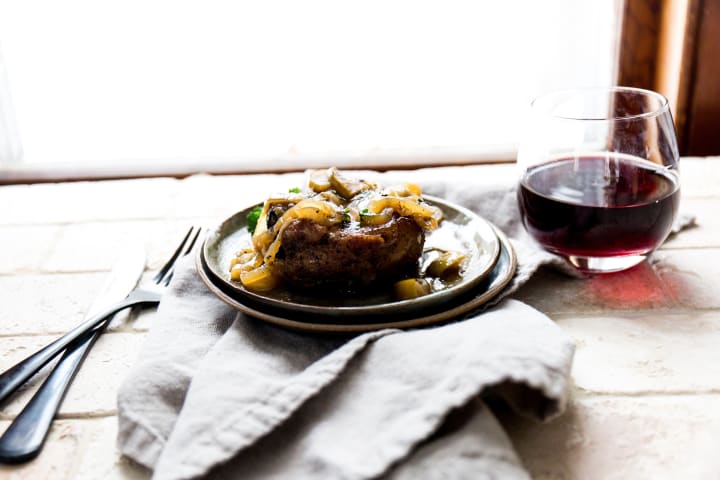
If you're starting to expand your palate and have had numerous wine experiences, you've likely noticed a difference between Pinot Noir and Cabernet Sauvignon. These red wines are on opposite ends of the spectrum in terms of body, tannin, and acidity. Because of that, you'll want to avoid serving these wines at the same specific temperature.
For big, full-bodied reds — think Cabernet Sauvignon, Zinfandel, Malbec and Bordeaux blends — you'll want to serve them at the warmer end of the room temperature range. For this reason, you've likely had a fairly enjoyable experience with this wine before adjusting the temperature. But chilling the red wine just slightly to 64°F (18°C) can help showcase the acid and make your red wine even more balanced and enjoyable.
As for light-bodied reds, like Pinot Noir and Gamay, you'll want these towards the cooler side of the room temperature range. These perform best around 59°F (15°C) to help showcase the wine's fruit and acid.
Storing White Wines at a Specific Temperature
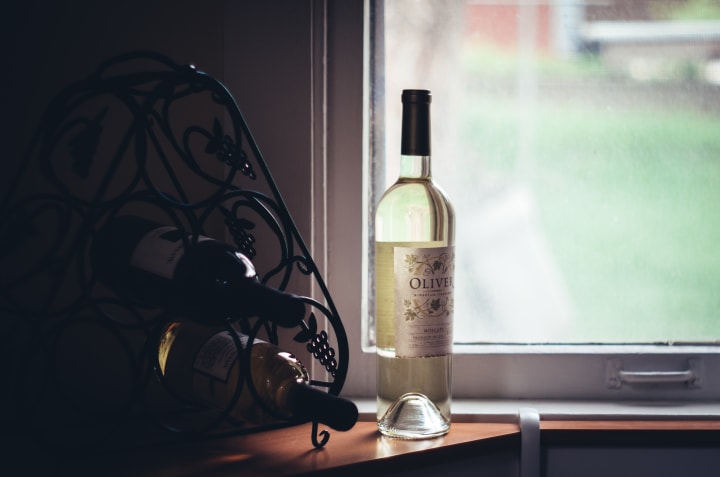
Just like red wine, storing your white wine doesn't have to be an expensive undertaking. Unless you have a serious collection, your basement or closest are great hiding spots for your white wines.
Typically speaking, your whites are generally consumed with less age on them. However, there are plenty of whites that would benefit from long-term wine storage. This includes everything from Rieslings to Chardonnay to Chenin Blanc and in between. So if you've made an investment in some extraordinary white wines, you're going to want to protect them as best you can.
White wine should be stored in a colder environment than red wine. The ideal temperature for storing white wines is 46°F-54°F (8°C-12°C). This temperature range will allow your white wines to age properly for maximum enjoyment in the years to come.
Serving White Wine at a Specific Temperature
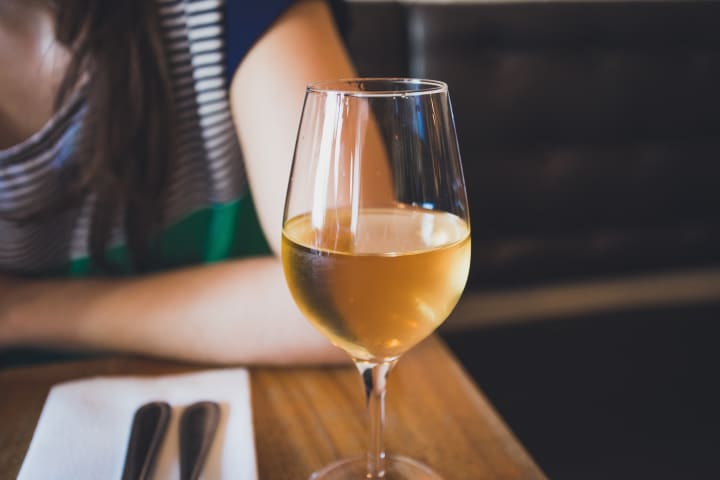
If you've just learned that you've been serving red wines too warm, then you're likely realizing that your white wines are too cold.
Complex whites, especially those that see new oak like Chardonnay, benefit greatly from being served warmer than you're accustomed to. Try serving these whites around 59°F (15°C) for maximum pleasure.
Dry, crisp whites like Pinot Grigio and Sauvignon Blanc are typically well received when served out of the fridge, but allowing these wines to warm up a few degrees can greatly improve their aromas and flavors. Serve these light white wines at 50°F (10°C), definitely warmer than you're used to.
That being said, have no fear chilling a bottle of white wine in your fridge. However, before you pour, just make sure you let it rest on the counter for 10-15 minutes to serve your white wine a specific temperature.
And if your wine has been sitting out on the counter, a couple hours in your fridge should help you get to that sweet spot.
Rosé, Sparkling, and Dessert Wine Serving Temperatures

For other wine serving temperatures, you can follow the guidelines below.
Rosé's ideal serving temperature falls in line with white wine and can benefit from being less chilled then you're used to in order to unlock complex flavors even in cheap rosés on the market. Complex rosé, like those from Bandol, can be served on the warmer end of the spectrum.
For sparkling wine, you want these well chilled. This means even cooler than you typically serve white wine. Sparkling wines taste best between 40°F-50°F (4°C-10°C). If you've ever popped some bubbly and found it to be too foamy, it was definitely too warm. Therefore, if you ever plan on bringing sparkling wine to a restaurant, transport it in an insulated bag directly from your fridge after at least three hours of chilling.
For dessert wine, you'll want these slightly chilled, too. The temperature spectrum here is as varied as the wines themselves; however, I'll highlight a few. For Vintage Port Wines, try serving them around 64°F (18°C). For Sauternes, try serving these around 52°F (11°C), or slightly warmed for those with more age..
A Final Note on Serving Wine at a Specific Temperature

I'm a firm believer that wine is more of an art than a science. Granted, science is a huge part of what makes a wine tasty, beautiful, and successful, but wne wouldn't have that little but of magic without human intervention.
So before you pull out your thermometer, remember there are no hard and fast rules to serving wine at a specific temperature. Only you know what temperature wine tastes best at for you. However, I hope that by chilling (or warming) your wines according to this guide, you find undiscovered potential in your old standbys.
About the Creator
Lynne Shumaker
Wannabe bartender and whiskey connoisseur. Enjoys exploring new food pairings for any type of drink. Sometimes I travel to different countries with my friends... :)


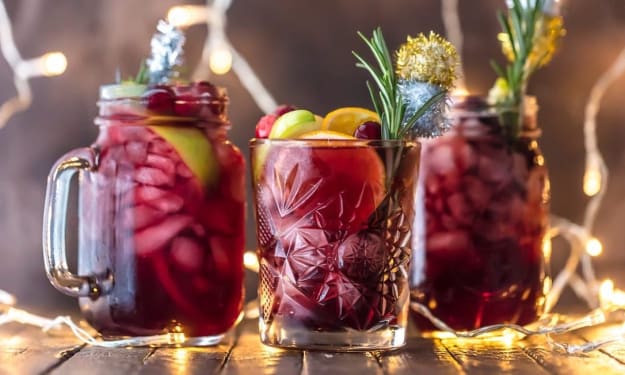



Comments
There are no comments for this story
Be the first to respond and start the conversation.